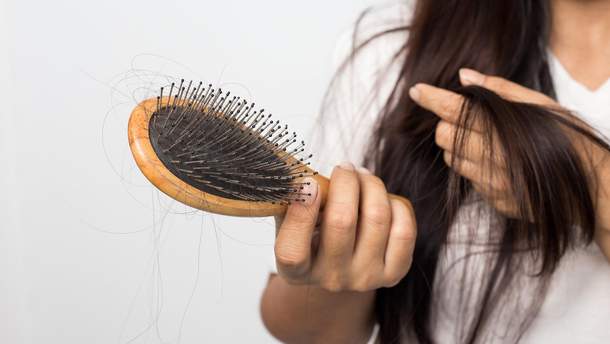Why hair falls out in winter and how to prevent hair loss
 |
| Hair loss may become a real tragedy |
Scientific facts on how to
prevent alopecia (baldness)
Our hair has hard times during long winter months. Hair becomes
dry, loses its shine and beauty and hair loss is not a rare experience. Five minutes may be enough to
freeze the hair bulb. And it means that
at the hair has a stress even if you only went outside
and got into the car immediately.
This is how problems begin. Dim color, split ends, hair
loss–these symptoms become more frequent in
winter, because of low temperatures and seasonality. It
is a common knowledge that hair grows well in summer and in spring, and hair loss starts mostly in fall and in winter.
It is normal when people lose
about 150 hairs. In this case, there’s no need to stress out–the sun will make it warm and hair loss will cease. But in desire to keep your head
tips to keep your hair strong,
we sometimes confuse myths and reality. For example, it was a long-time myth that “the more rare you wash your head, the better your sebaceous glands work,” and that is how such a fatty barrier will protect
hair bulbs
from cold. It’s not true–dirty hair lack for nutrition,
which leads to hair
loss.
To reduce hair loss in winter, trichologists recommend to follow these simple rules below:
- It is better to reduce temperature of hot water when washing your hair in winter. This way hair roots will not be salted, and hair tips will cease to split.
- Grandma’s advice–wear your hat in winter. But it is necessary to wear the hat in a proper way, especially for women with long ringlets. To avoid hair electrification, it is better to use a head scarf or a hat with a silk lining. This lining produces an “iron” effect on your hair and makes it shiny. For the same reason, professionals recommend to use silk pillowcases in the winter. Your hair should be hidden completely in your hat, but avoid synthetics. It is important to keep air circulation.
- Do not use metal hairpins and hairbrushes in winter, replace them wooden, silicone or plastic ones. To strengthen hair, use a massage hairbrush and massage your head manually.
- At least on your day off, don’t use a hair dryer and let your locks dry after washing in natural warm conditions. Avoid using hair styling creams or sprays or minimize their use and contact with the head skin.
In some cases hair loss becomes a real problem, especially for women,
which becomes a real tragedy. Fortunately,
scientists reveal surprising secrets of how to hair care and stop hair loss.
In our next post, we will consider myths
and scientific ideas of how to keep your hair strong, shiny and make it stay
on your head.

